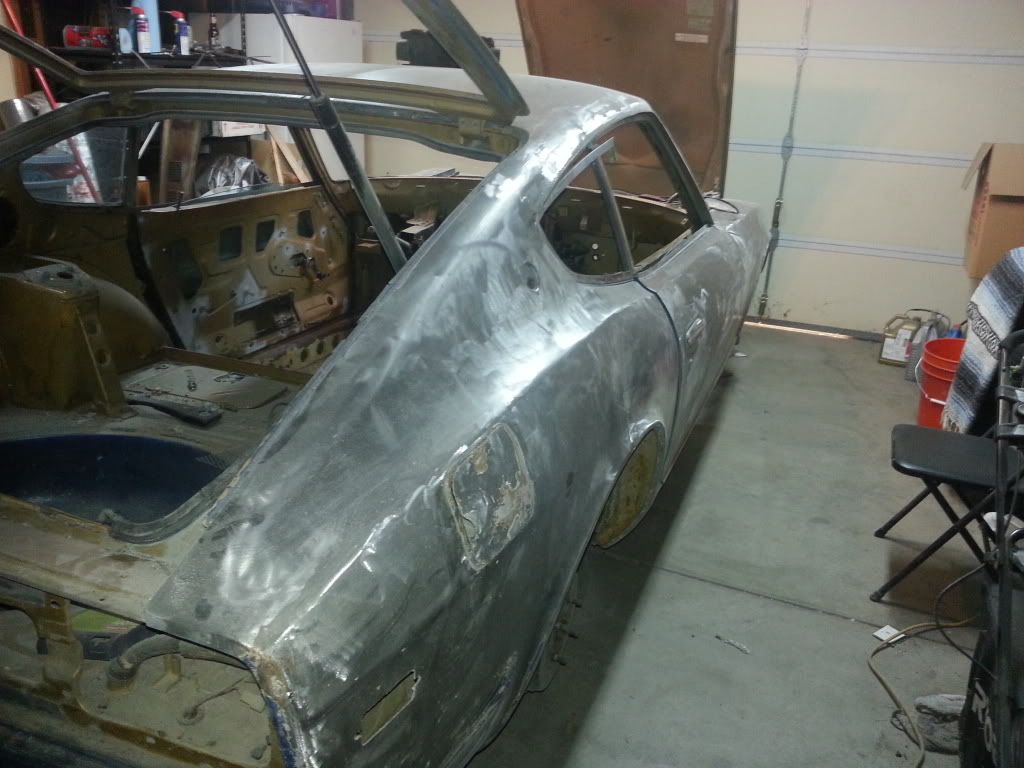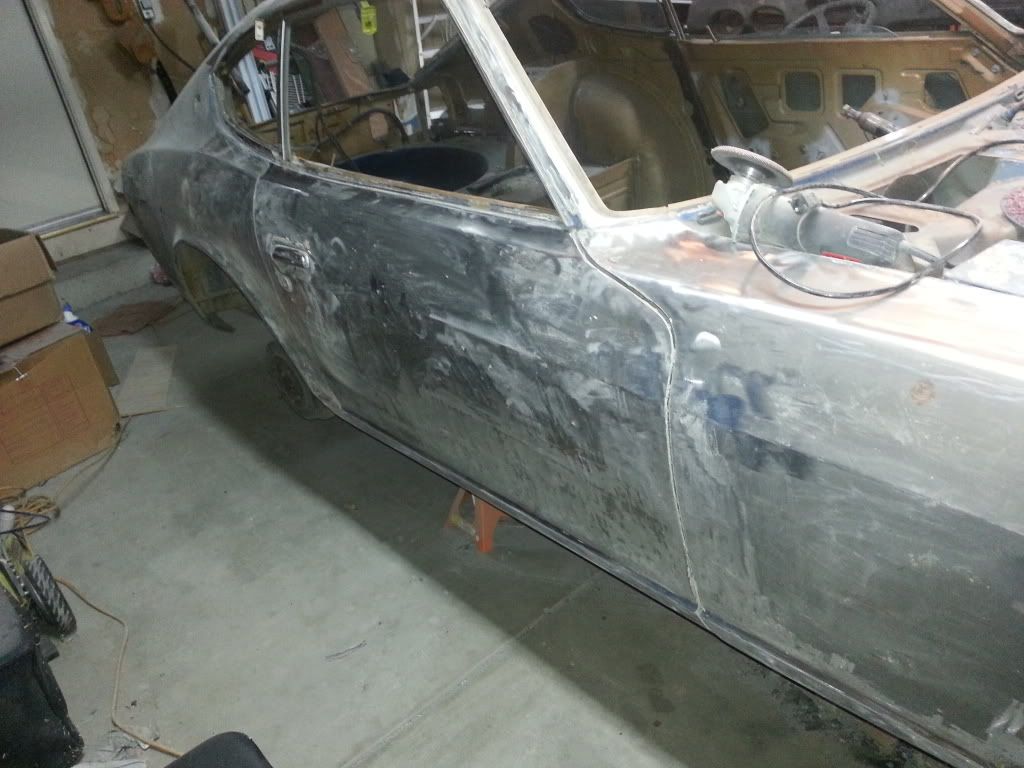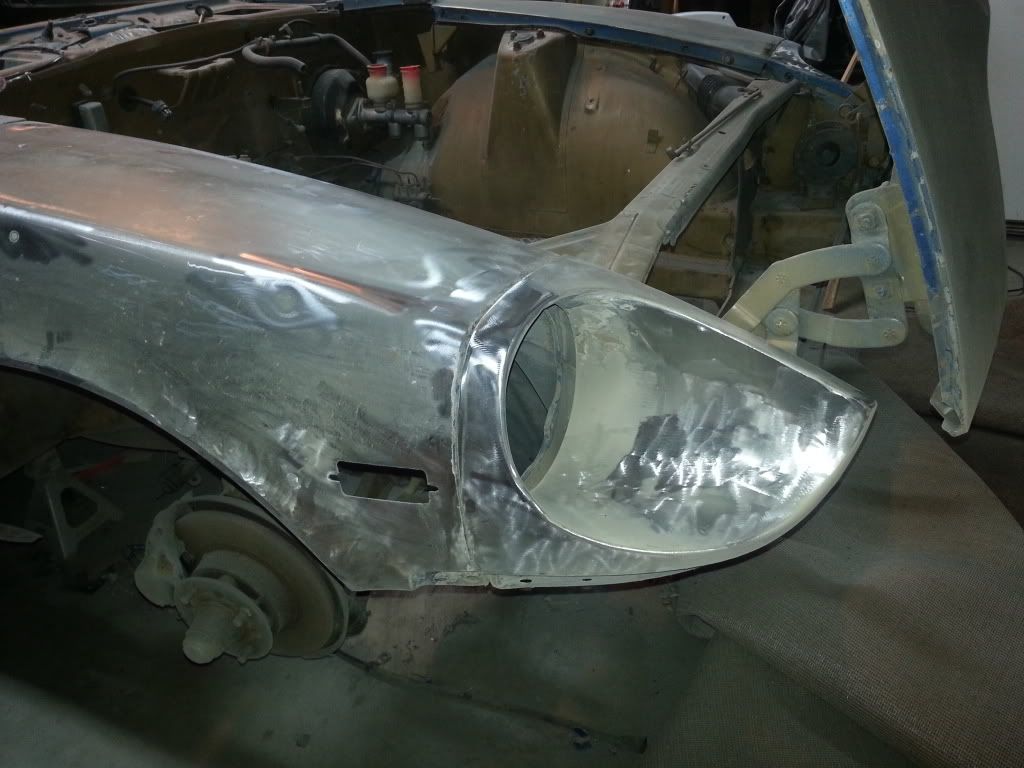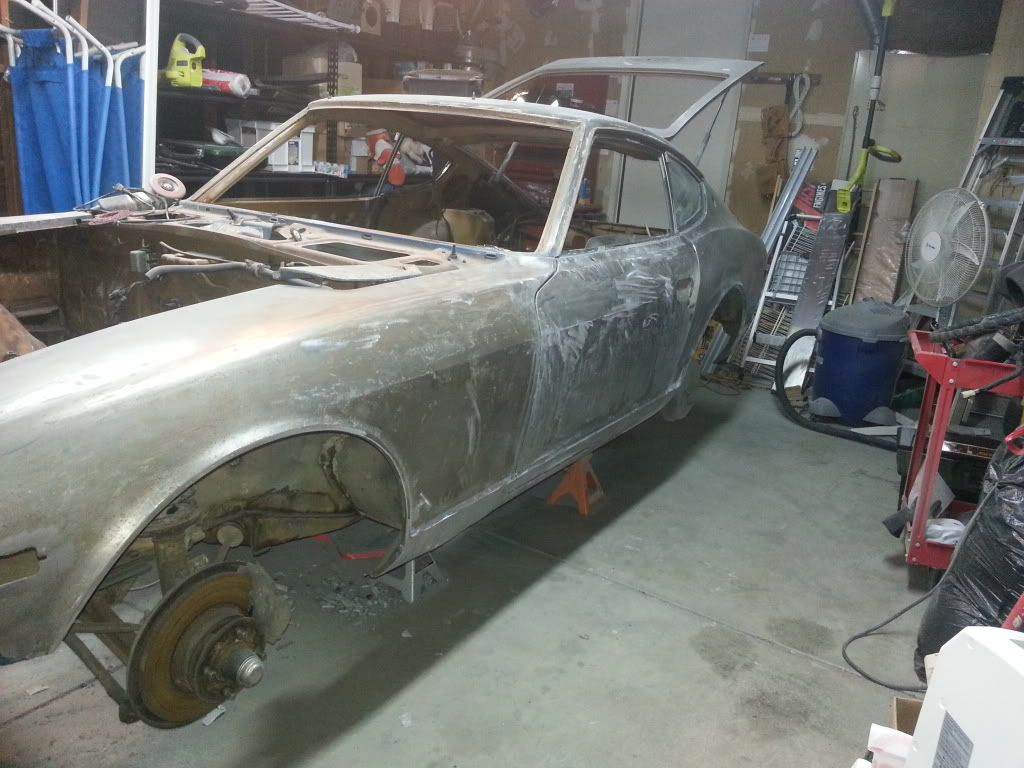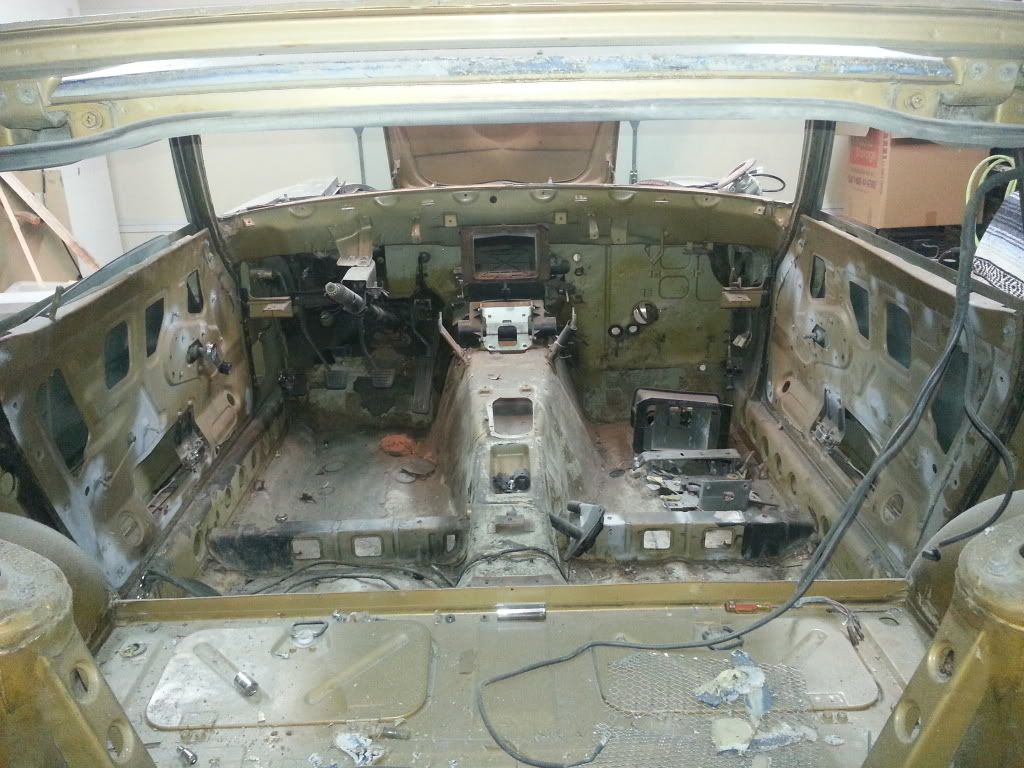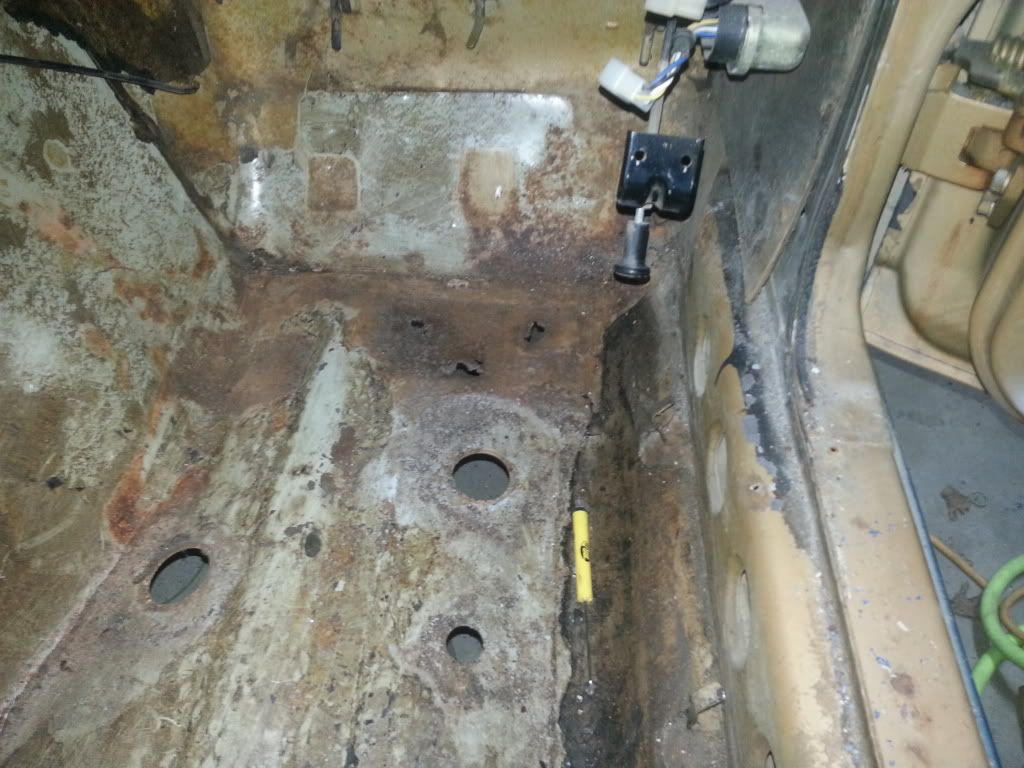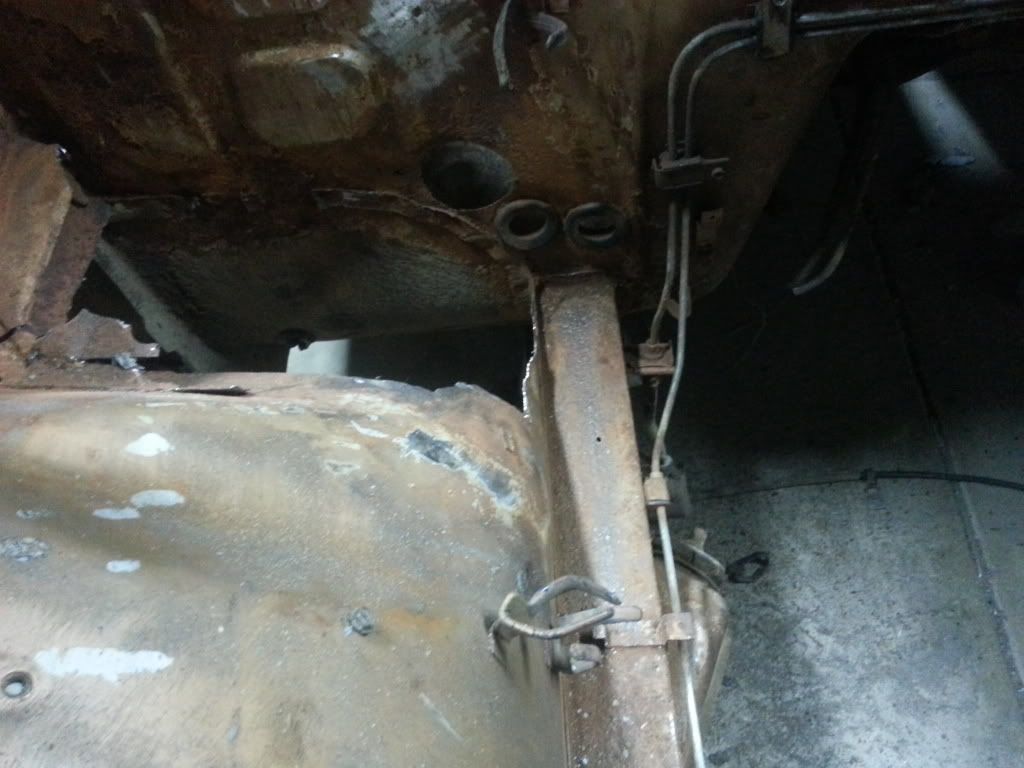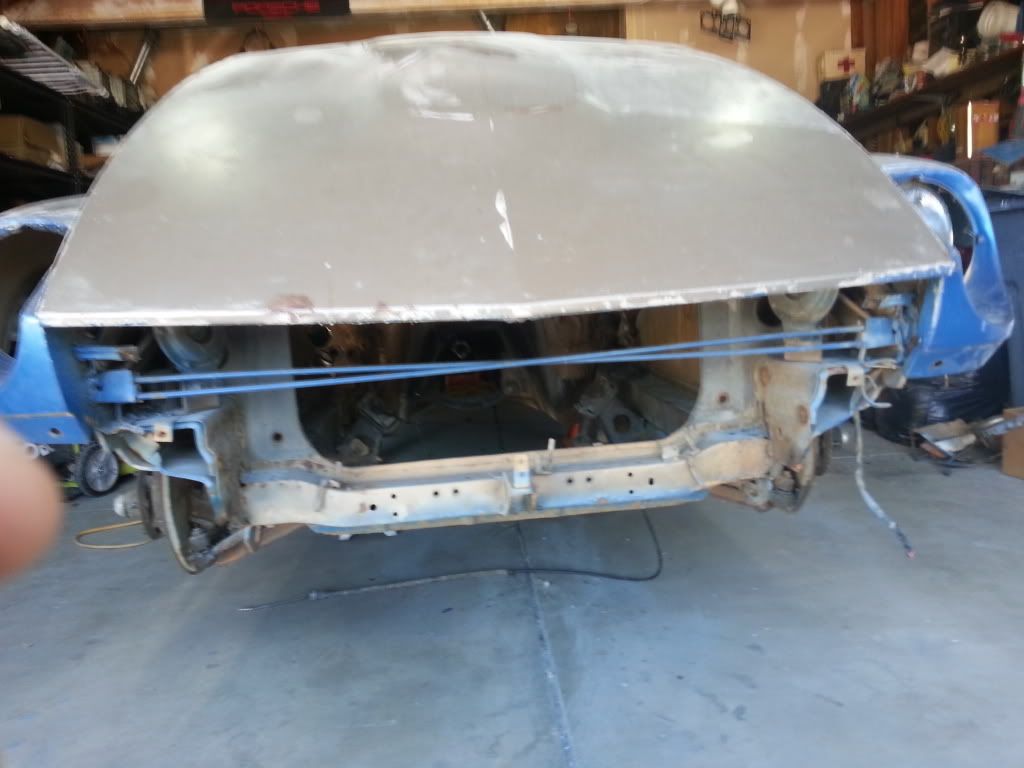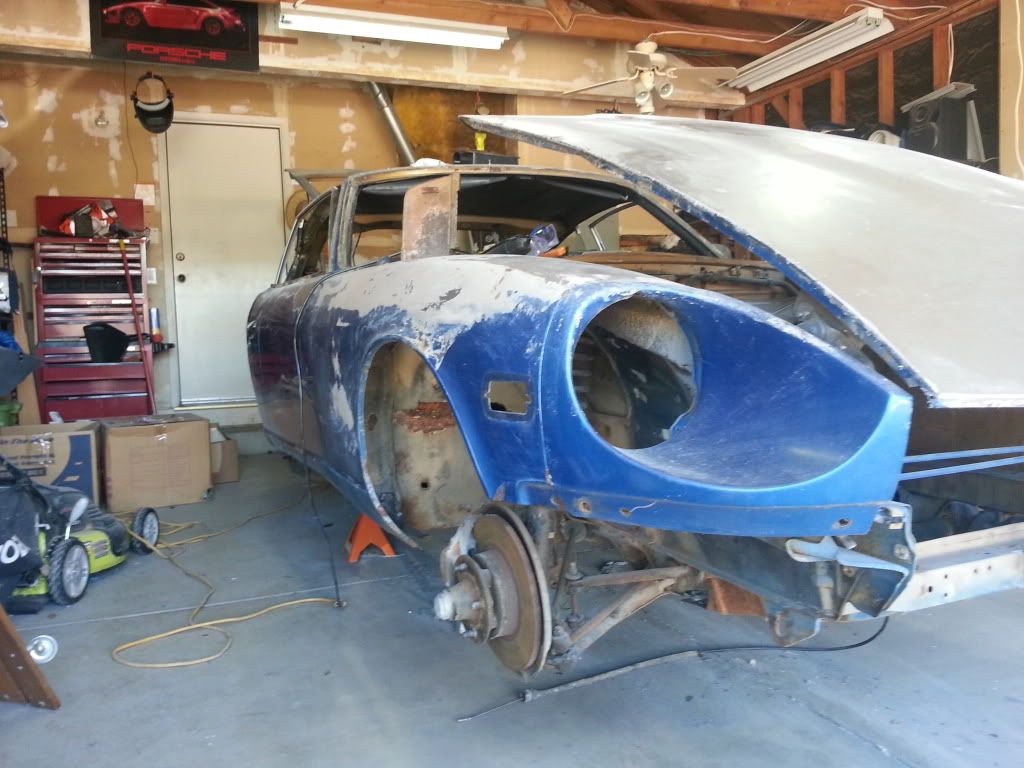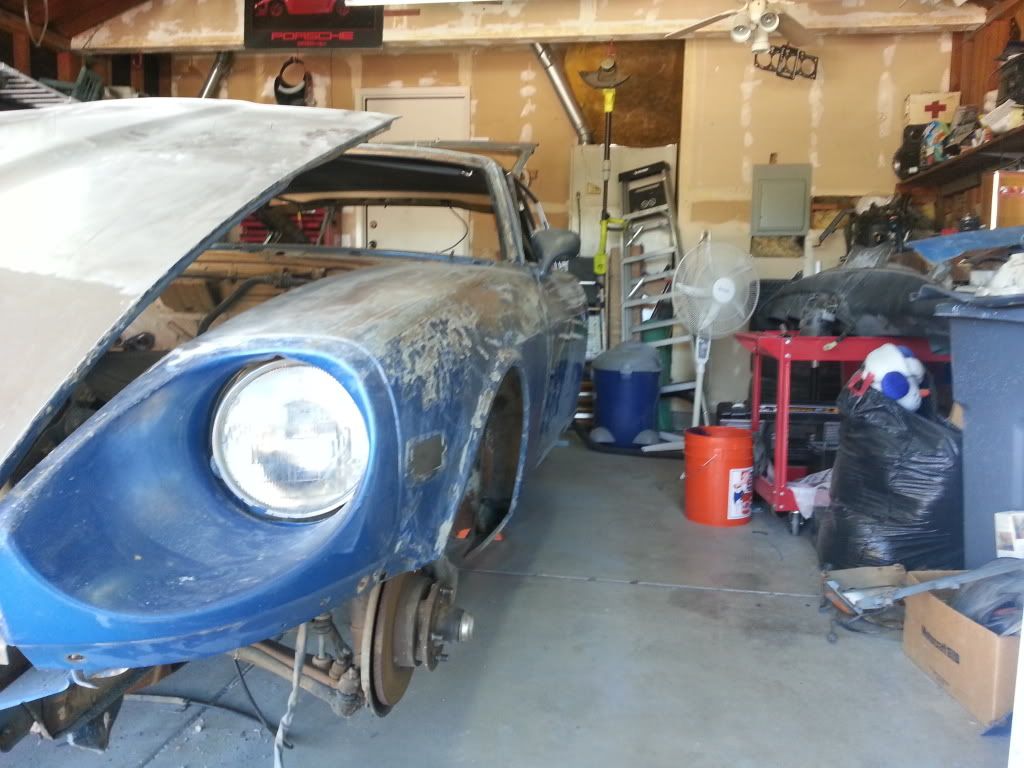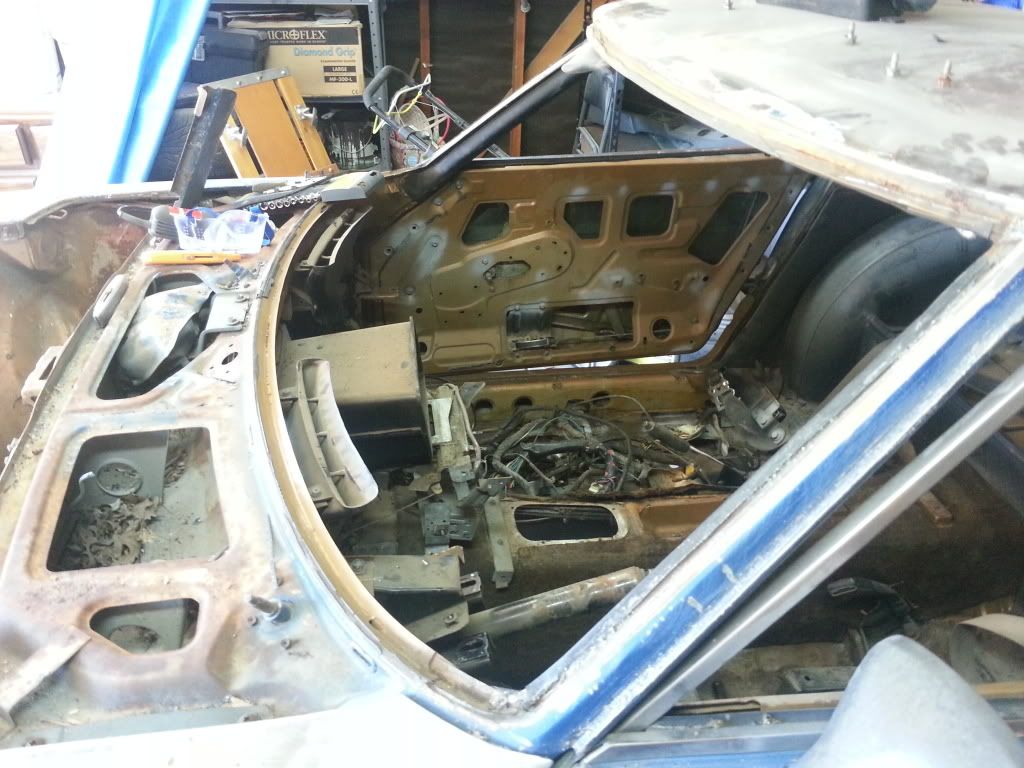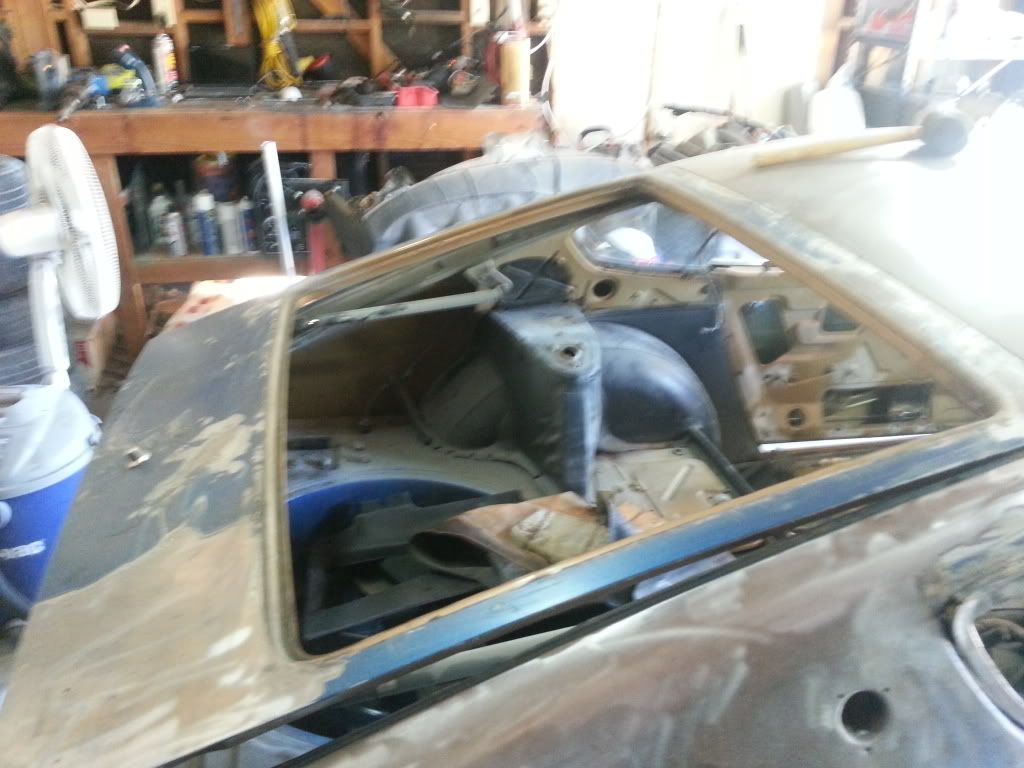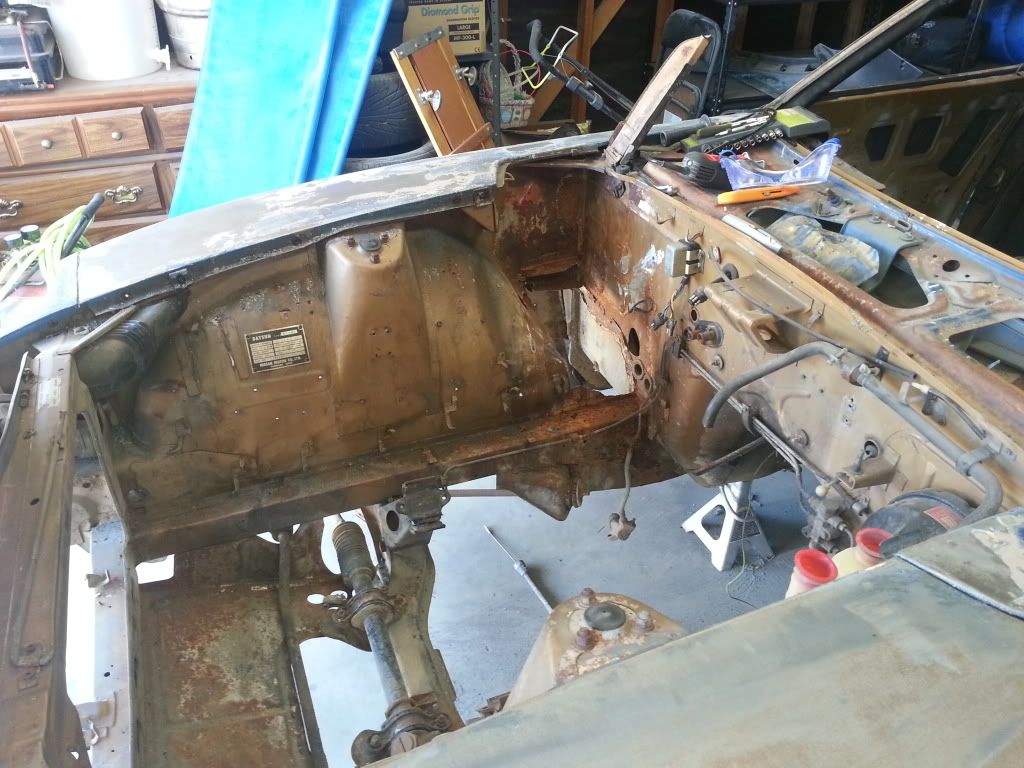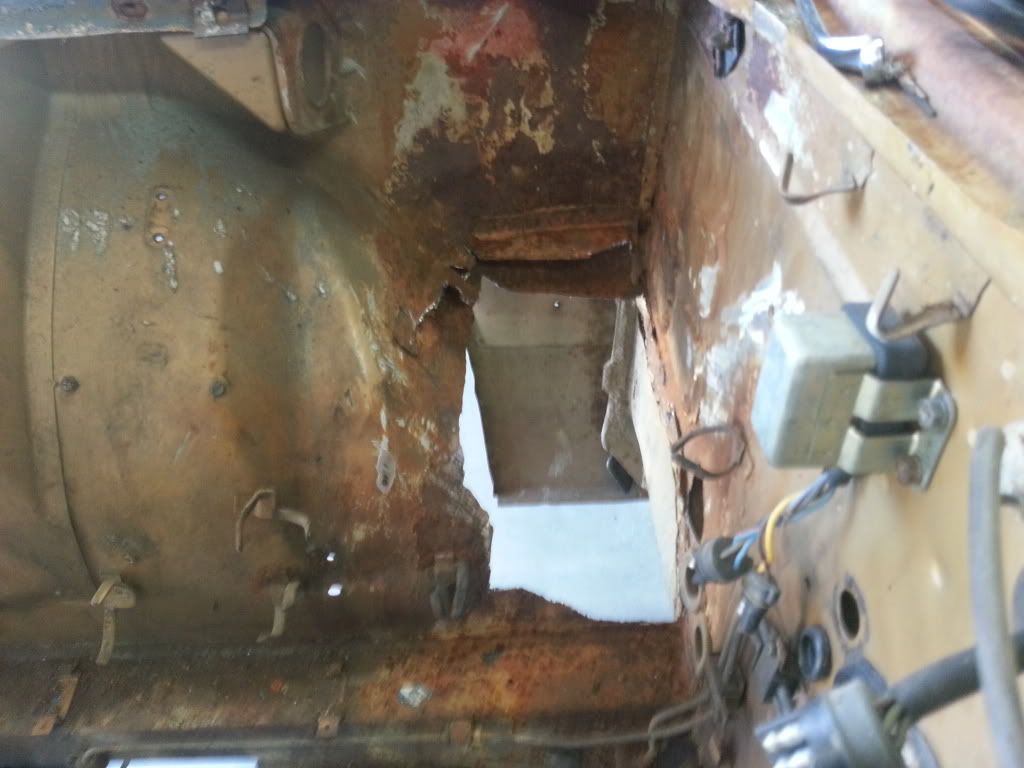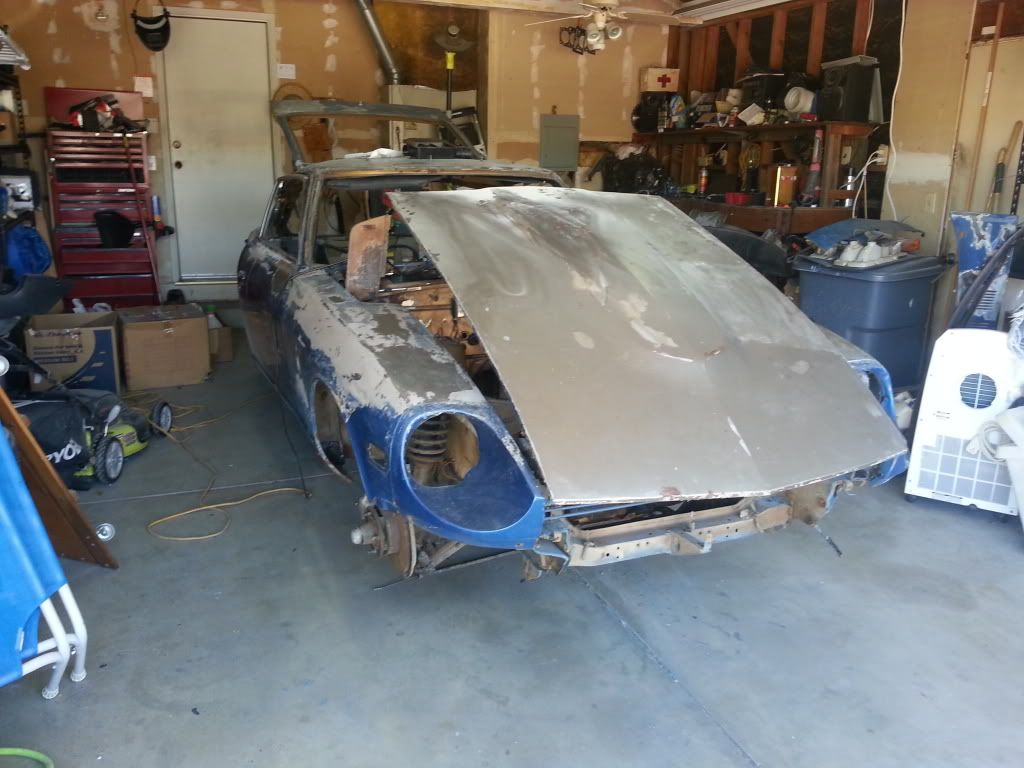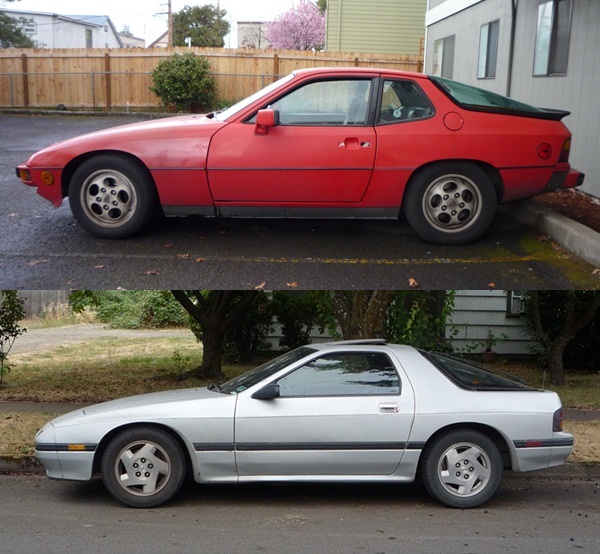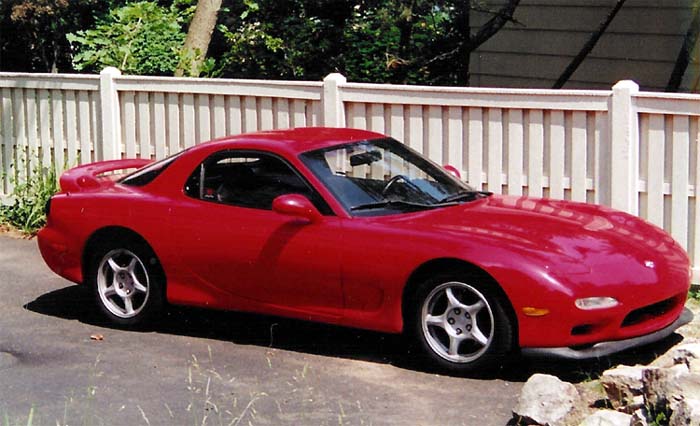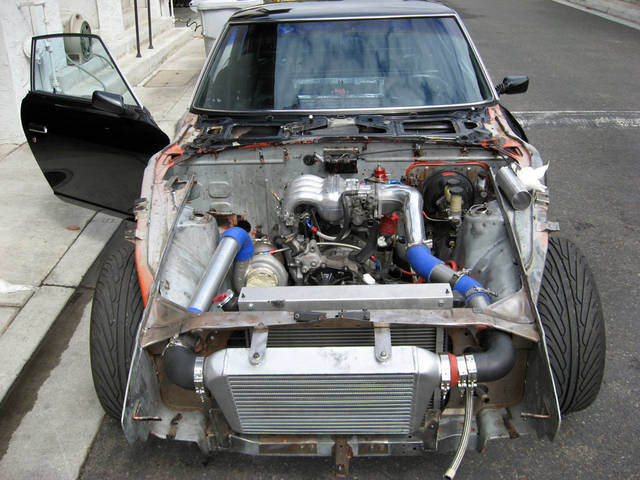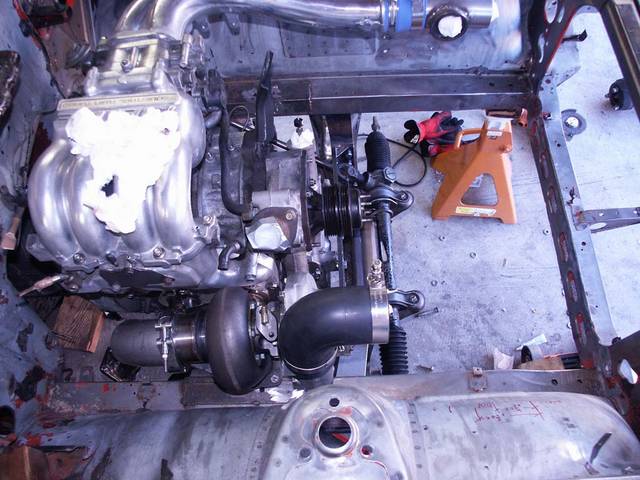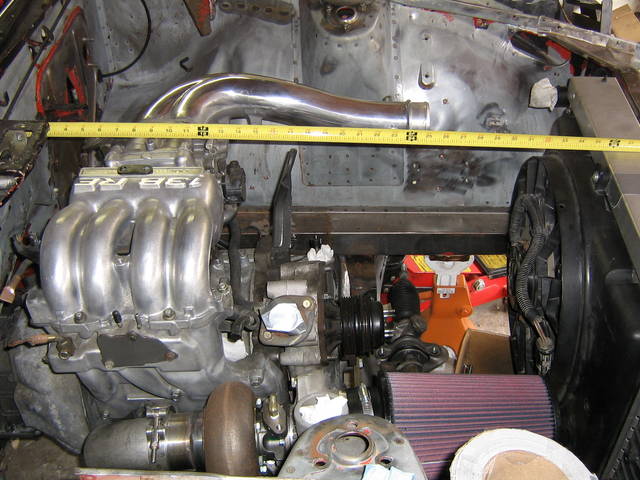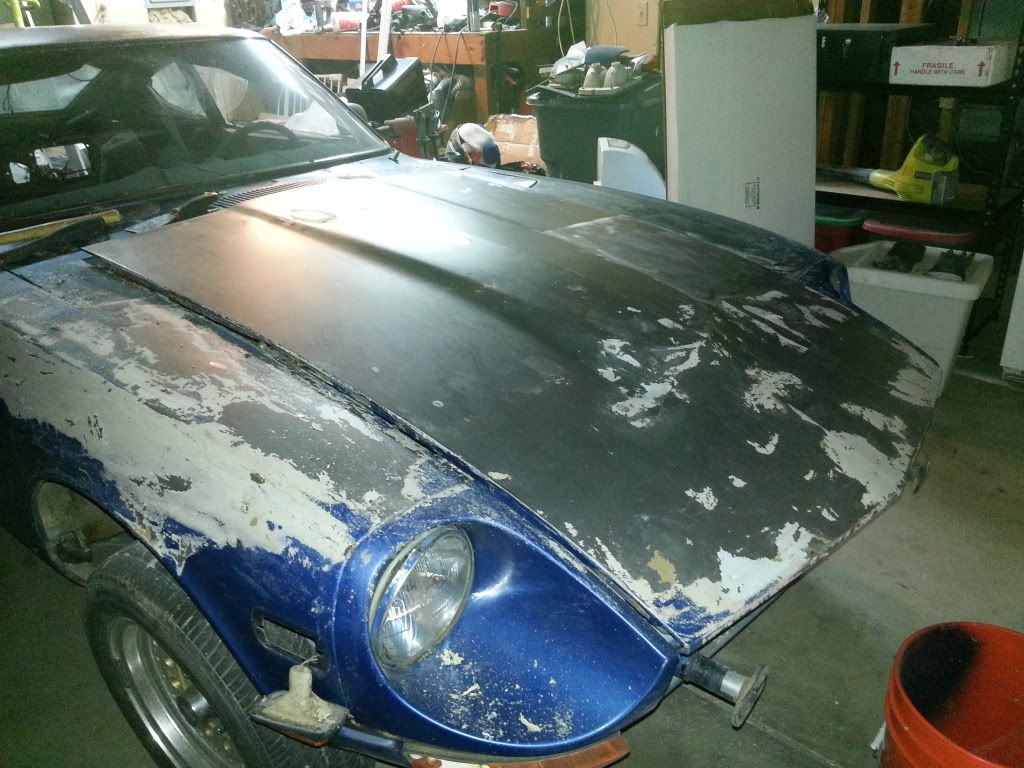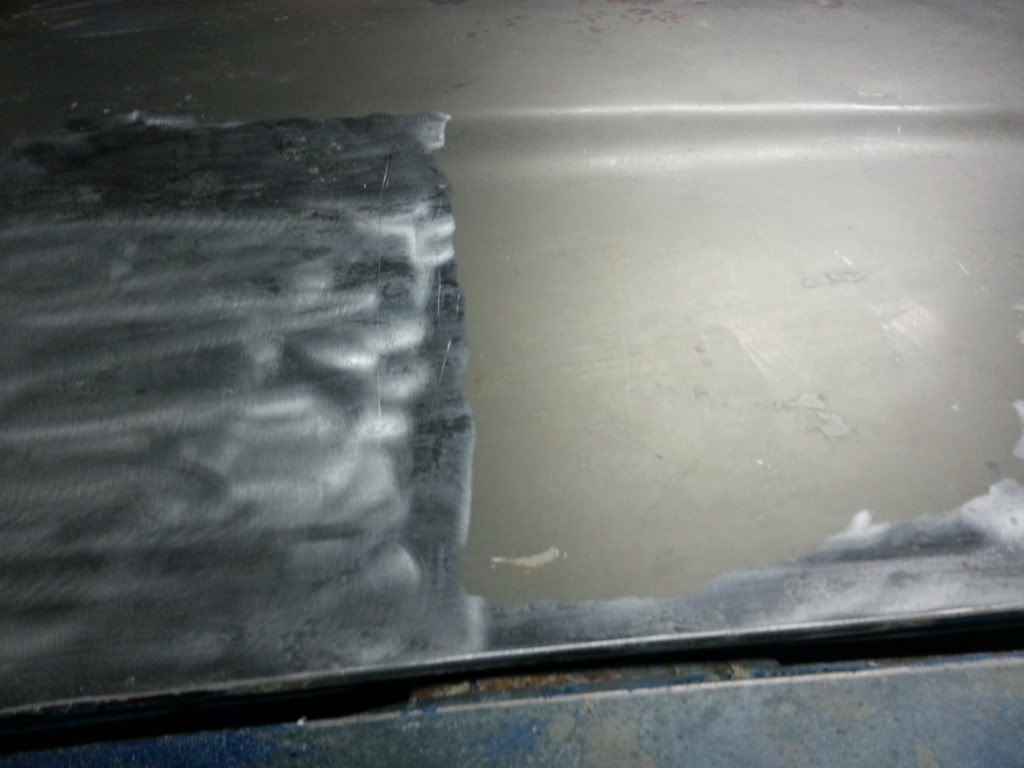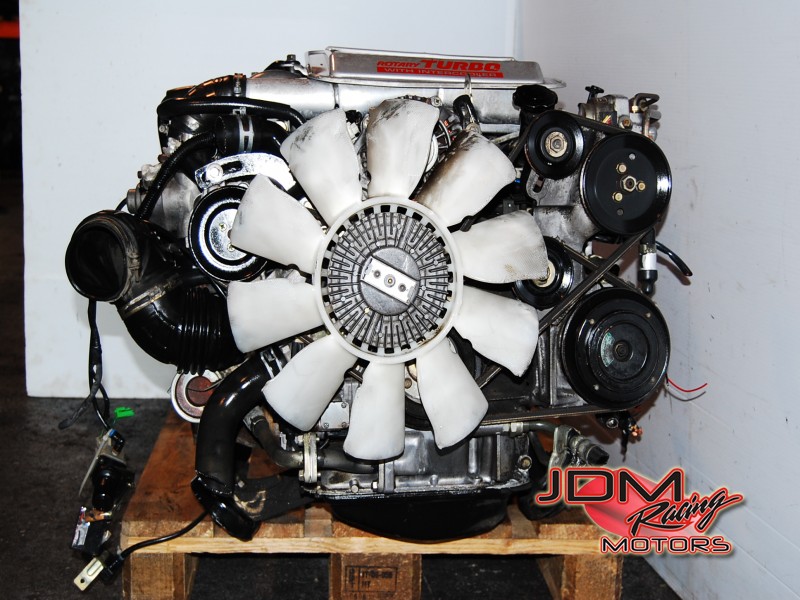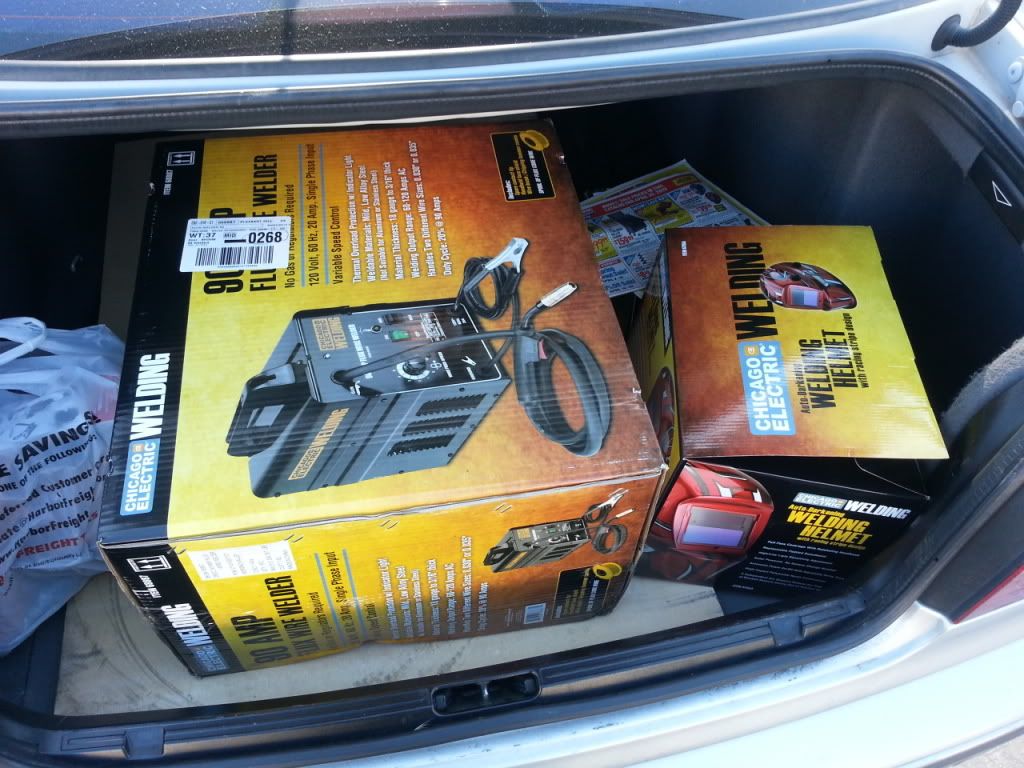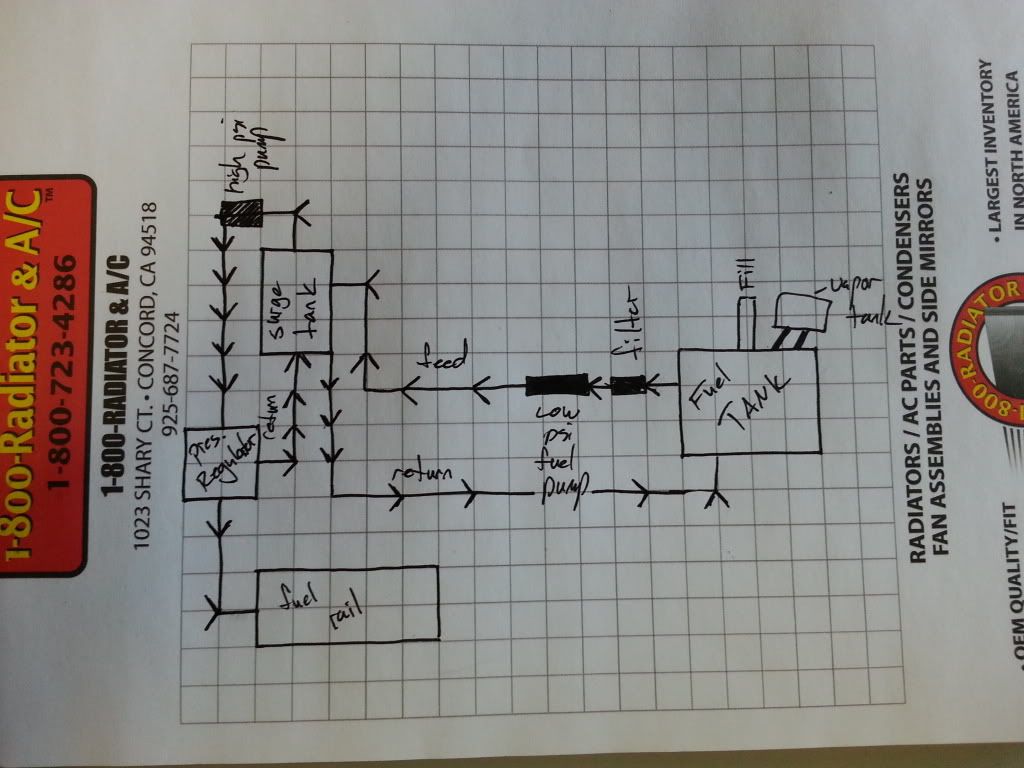While having dinner with a blog reader, the topic of the car came up and I heard her say....
"Your not really going to put one of those......rotary engines...... in your car are you?"
There is no visual text that implies the disdain on the word rotary but it was there. Apparently my friend thought (like almost everyone) that the rotary engine is a bad engine that's time had come and went. Even went so far as to insinuate that I might as well put an electric motor in there.
After some discussion I think I turned her, but what about everyone else? Would everyone turn there nose at my spinning triangles?
I figure I should get some of the great myths dispelled now while I can.
1st.) Unreliable. "My friend had a sister that had an RX7 one time, it went through three engines before they gave up on it.
Every car person has thought about dancing with an RX7 at some point, but was probably scared away by
the horror stories of blown seals and leaking coolant rings costing entire engine rebuilds. The fact is most rotary failures are preventable with correct maintenance and care that all high performance cars should have. When Mazda released the first turbo rotary in the US it was aimed directly at the Porsche 944 Turbo. It cost significantly less and in turn stole a lot of sales. The problem was, the turbo rotary is a legit race car engine turned down to a 4. It runs on air, fuel and oil. There is literally an oil injector in the block to spray the apex seal on each rotor. No one told the secretary's and 30 year old business men that and motors ran low on oil and popped.
When the twin turbo 93-95 RX7 came out, again no one told the people buying Porsche performance at Mazda prices that the cooling system was inadequate and the wiring was thinner to save on weight and it is supposed to consume a quart of oil every gas tank. Car's lost there first motor in the first year due to neglect.
Mazda almost went bankrupt on warranty claims. Ford bought them and said no more rotary engines and in 95 we lost out on the rotary until 2003 when the RX-8 debuted.
The truth? It's not an unreliable motor. It simply requires a watchful eye. I've owned a few RX7's. One had 200k miles on the original motor. You know why? Oil was checked at every fill up. I always rolled with a gallon of coolant and 4qts of 20w-50 non-synthetic.
The Rotary powered Datsun should only see 5000-10000 miles a year. It will be a special occasion driving it. Of course the fluids are going to be in good condition and topped off. Of course there will be air flow across the radiator and intercooler. We can design airflow channels for that.
Reliability in any car is only as good as the person maintaining the car. Not worried.
2.) Power. But doesn't an "INSERT WHATEVER MOTOR A PERSON LIKES" make more power?
Probably, but does your motor have the potential to make 300-500whp on stock internals, rev to 8k daily, weigh less than 300lbs dressed with transmission and is smaller than most suitcases? Oh yeah, it looks awesome too.
3.) Noise. Isn't it going to be loud and buzzy?
Yeah, but with correct muffler choice it will sound like a real race car. Buzzy? Not sure that's a word. No it won't. Rotary engines by design are insanely smooth engines. There is no up/down force to cause vibrations so no buzzing. The only buzzer is the one Mazda installs to remind you to shift because you won't feel a rotary engine at full bore. It's that smooth.
At this point I'm rambling. I haven't even test fit one yet. I know it will fit, and hope to have a dummy keg (equal to a block, you'll see when I put it together) in the next few weeks. I know it will fit because I found these.
For those playing at home, that ENTIRE MOTOR is only about 17 inches front firewall to timing cover. And it makes 300hp. Of yeah, it's only 1.3l.
To sum up, Rotary engines? Yes. They rock. Keep it clean, keep it full of oil, and your gold. Think I'm nuts? Sound off. Talk me out of it.






